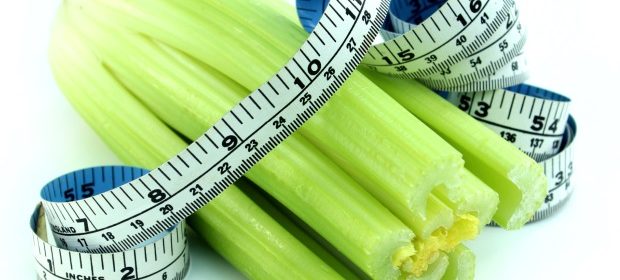maximum dose of spironolactone for ascites

Carol Byrd-Bredbenner, a Distinguished Professor in the Department of Nutritional Sciences at the Rutgers School of Environmental and Biological Sciences, is one of 20 nationally recognized experts appointed to the 2025 Dietary Guidelines Advisory Committee. The committee will advise the United States government on the science underlying a new set of dietary guidelines for the American public.
Over the next two years, Byrd-Bredbenner and other members of the committee, thorazine d anik jean appointed in January, are tasked with reviewing the current body of nutrition science and developing a scientific report for the U.S. Departments of Health and Human Services (HHS) and Agriculture (USDA). Those insights will be incorporated into what will be the 10th edition of the Dietary Guidelines for Americans. The guidelines, updated every five years, serve as the cornerstone of federal nutrition programs and policies, providing food-based recommendations to help prevent diet-related chronic diseases and promote overall health.
A much-lauded and nationally known scholar on both nutrition education and behavioral modifications that induce healthy food choices, Byrd-Bredbenner discussed the challenges inherent in applying present scientific knowledge to better inform consumers and in finding a way for the public to better embrace healthy eating choices.
How important is the task before you?
When you think about the fact that this committee is charged with thinking deeply about what people should eat to be healthy, you could say that it is one of the most important government-appointed committees in the U.S. And it is not just important for our country. The U.S. dietary guidelines influence many other nations which will emulate the findings in their own, culturally appropriate way.
What is your take on the committee so far?
I can already sense that being a member is going to be an incredible experience. We had our first public meeting in Washington, D.C., on Feb. 9 and 10. I am so impressed by the HHS and USDA career scientists that are staffing this project. These are brilliant men and women. They are employing innovative approaches for systematic literature reviews, food pattern modeling, and other aspects of complex data analyses we will need to be sure the committee’s advice is firmly grounded in the preponderance of scientific evidence. And we are pushing to complete this report ahead of schedule by October of 2024.
What is your main task?
Our main mission is to look at the most pressing scientific questions related to dietary guidance. We will especially look to a series of questions proposed by the American public, which include examining everything from the nutritional value of ultra-processed foods and the health consequences of ingesting saturated fat and added sugars to the effect of parent and caregiver feeding practices on child health outcomes. Doing so will require systematic literature reviews so that we can understand the current knowledge. From there, we can determine whether there is enough scientific evidence to form the basis of a new recommendation.
It is a bit overwhelming because there’s so much great science out there. It must be sifted through and synthesized. And, hopefully, we will be able to move the needle, to help us eat better, live longer and healthier, and guide these important food programs we have, like WIC and SNAP. [The federal Special Supplemental Nutrition Program for Women, Infants, and Children and Supplemental Nutrition Assistance Program.]
Why do we need new dietary guidelines? What is wrong with the old ones?
There is nothing wrong with them. This is about moving forward. People forget: Just because we learned something in high school or college or even last year does not mean that it is still the answer when it comes to science. It is especially important to keep assessing the scientific evidence and adjusting our advice as new data emerge.
What does it mean to assess all the science about nutrition that is out there? Isn’t that an impossible, or at least gargantuan task? Where do you begin?
To keep it manageable, our work will focus on specific scientific questions related to dietary patterns and strategies for eating a high-quality diet and managing weight. The specific scientific questions are posted at dietaryguidelines.gov. To answer these questions, we will be looking at published, peer-reviewed research articles. What we want to do is consider the well-designed studies and find their common themes. It is the preponderance of scientific evidence that will inform the guidelines.
Even if you produce updated dietary guidelines, does it matter? Is anyone listening?
Yes, it matters very much. According to government statistics, a little less than 60% of the U.S. population is really eating in a way that could be termed “healthy.” Without dietary guidelines, health professionals would be unable to provide consistent nutrition education messages and implement health promotion and disease prevention initiatives that address pressing nutrition and health issues. Plus, one in four Americans participate in federal food and nutrition assistance programs that use the guidelines for their educational messaging and/or food options.
Is this exciting?
Being a part of this advisory committee is something I have always wanted to do. In a sense, I have been preparing for it for my whole career.
Rutgers University
Posted in: Child Health News | Healthcare News
Tags: Agriculture, Child Health, Children, Chronic, Diet, Education, Food, Health and Human Services, Nutrition, Research
Source: Read Full Article